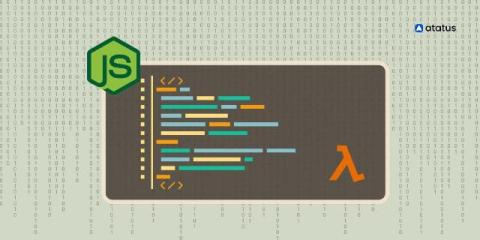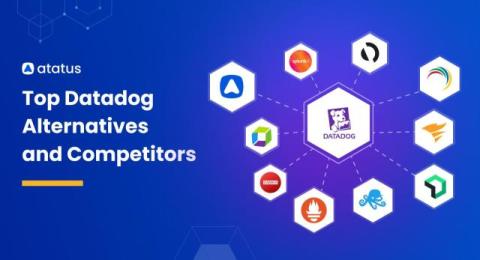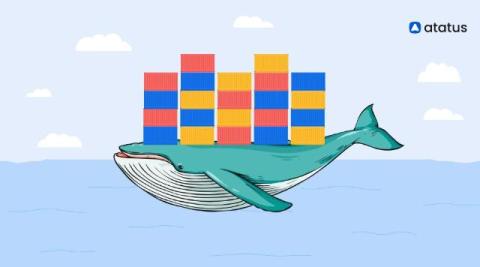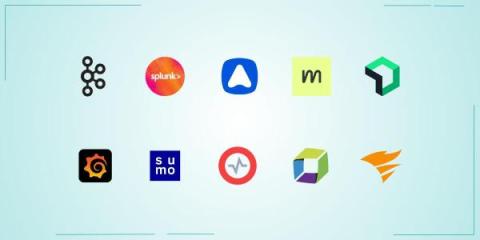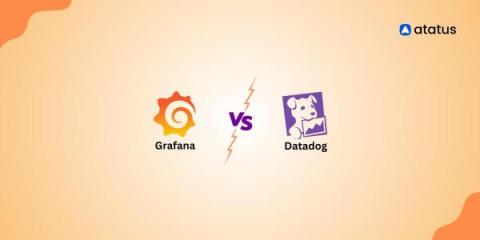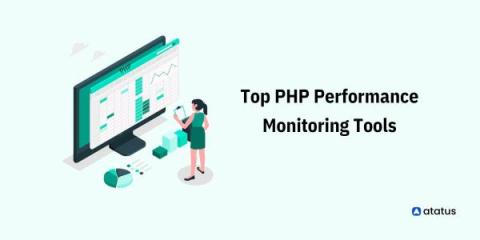Monitoring AWS Lambda Node.js Functions with OpenTelemetry
When deploying a Node.js function in the cloud, you might initially think of traditional methods involving web servers and other infrastructure. However, if your application suddenly faces a surge in traffic—thousands or even millions of requests—it could crash if it's unable to handle the load. This is where AWS Lambda shines. AWS Lambda allows developers to run code without provisioning or managing servers.


